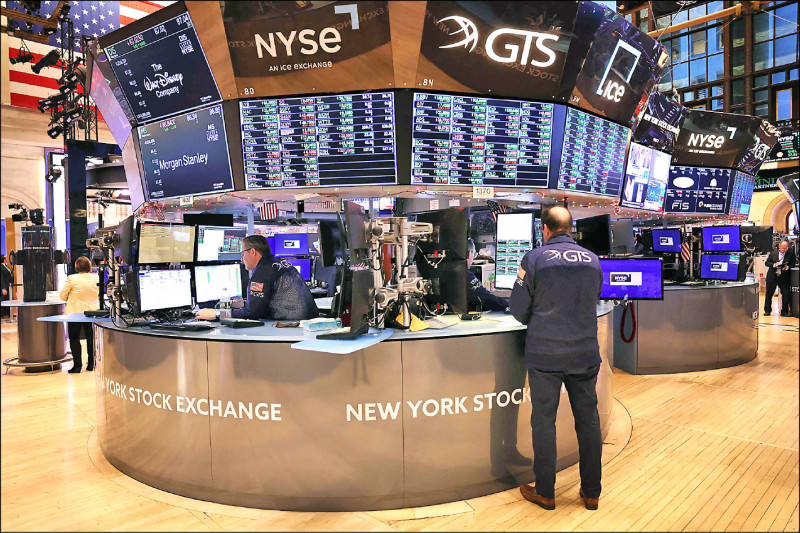LVMH's Mixed Performance in H1 2024: A Look at the Luxury Giant's Growth Challenges
Meta Description: LVMH's H1 2024 earnings reveal a mixed bag, with organic growth but declining profits. This article delves into the key factors behind the performance, analyzing the impact of currency fluctuations, regional trends, and the evolving luxury market.
The luxury goods giant LVMH reported its 2024 first-half financial results, revealing a mixed bag of performance. While organic revenue growth remained positive at 2%, overall revenue declined by 1% year-on-year to €416.77 billion, and net profit tumbled by 14% to €72.67 billion. This performance highlights the challenges facing LVMH, a company known for its powerhouse brands like Louis Vuitton, Dior, and Sephora.
Currency Fluctuations and Regional Headwinds
The company attributed the decline in net profit primarily to currency fluctuations, which had a significant negative impact on its fashion and leather goods segment. This segment, LVMH's biggest revenue generator, saw a 2% year-on-year decline in revenue, reaching €207.7 billion. The impact of currency fluctuations is a common concern for multinational corporations, and LVMH's experience underscores the importance of hedging against such risks.
A Deeper Dive into LVMH's Business Segments
While the fashion and leather goods segment faced headwinds, other businesses within LVMH demonstrated resilience. The perfumes and cosmetics division, home to brands like Christian Dior and Guerlain, reported a 3% year-on-year increase in revenue, reaching €41 billion. This growth was driven by strong performance in Asia (excluding Japan), which remains the segment's largest market, contributing 32% of its total revenue.
LVMH's selective retailing segment, which houses Sephora, recorded a 3% increase in revenue to €86.32 billion. The company highlighted Sephora's strong performance in North America, Europe, and the Middle East as key growth drivers.
Navigating a Cooling Luxury Market
The slowdown in luxury consumption was a key factor impacting LVMH's performance, particularly in China. Despite a high single-digit growth in customer numbers, overall sales in Asia (excluding Japan) declined by 10% in the first half of 2024, dropping by 14% in the second quarter. This decline stands in contrast to the 12% year-on-year revenue growth recorded in 2023, underscoring the shifting dynamics of the Chinese luxury market.
The Chinese Market: A Focus on Growth and Future Plans
LVMH remains committed to the Chinese market, acknowledging its importance for future growth. The company's executives emphasized the importance of marketing investments in this region, recognizing the significant influence they have on consumer behavior.
LVMH's continued expansion in China is a testament to its belief in the market's long-term potential. The company plans to open larger stores for brands like Louis Vuitton and Dior to cater to the growing demand from Chinese consumers.
Key Takeaways and Future Outlook
LVMH's first-half 2024 results highlight the challenges of navigating a complex global market. Currency fluctuations, regional headwinds, and evolving consumer preferences all played a role in the company's performance. However, LVMH's commitment to innovation, brand strength, and strategic expansion—particularly in the Chinese market—suggests a continued focus on growth.
#LVMH #Luxury #Earnings #FinancialPerformance #China #MarketTrends
Currency Fluctuations: A Significant Headwind
The impact of currency fluctuations on LVMH's performance cannot be overstated. The company's exposure to multiple international markets makes it vulnerable to shifts in currency exchange rates. The euro's weakness against the dollar and other major currencies significantly impacted the value of LVMH's foreign earnings, contributing to the decline in net profit.
How LVMH Can Mitigate Currency Risk
- Hedging: LVMH can employ hedging strategies, such as forward contracts or options, to lock in exchange rates and protect its earnings from unfavorable currency movements.
- Diversification: Expanding into markets with currencies that are less volatile compared to the euro can help to reduce exposure to currency risk.
- Local Sourcing: LVMH can explore sourcing materials and manufacturing products locally in its international markets to reduce its reliance on euro-denominated transactions.
The Importance of the Asian Market
Asia, particularly China, is a critical market for LVMH. It's not just about the sheer size of the market but also about the growth potential and the changing consumer preferences. Chinese consumers are increasingly sophisticated and are looking for unique experiences and personalized services.
LVMH's Strategies for the Asian Market
- Targeted Marketing: LVMH is focusing on targeted marketing campaigns to resonate with Chinese consumers, using digital channels and local influencers to reach its target audience.
- Product Customization: LVMH is adapting its product offerings to cater to the specific preferences of Chinese consumers, including offering exclusive products and designs.
- Omnichannel Strategy: LVMH is embracing an omnichannel strategy, offering a seamless shopping experience across online and offline channels, recognizing the increasing preference for e-commerce in China.
FAQs
Q: What is the main factor contributing to LVMH's decline in net profit?
A: The primary factor is the impact of currency fluctuations, particularly the euro's weakness against the US dollar and other major currencies.
Q: What are LVMH's key strategies for navigating the evolving luxury market?
A: LVMH is focusing on innovation, brand strength, targeted marketing, product customization, and embracing an omnichannel strategy to cater to changing consumer preferences and market dynamics.
Q: How is LVMH addressing the slowdown in the Chinese luxury market?
A: LVMH is committed to the Chinese market and is investing in marketing, opening larger stores, and adapting its product offerings to cater to the specific needs of Chinese consumers.
Q: What are the key challenges facing LVMH in the coming years?
A: LVMH faces challenges such as navigating macroeconomic uncertainty, managing currency fluctuations, adapting to changing consumer preferences, and maintaining its competitive edge in the luxury market.
Q: What are LVMH's growth prospects for the remainder of 2024?
A: While the first half of 2024 presented challenges, LVMH remains optimistic about the second half, citing its brand strength, strong team, and commitment to the Chinese market.
Q: What role does sustainability play in LVMH's future strategy?
A: Sustainability is increasingly important for LVMH, with a focus on responsible sourcing, ethical production practices, and reducing environmental impact.
Conclusion
LVMH's performance in the first half of 2024 reflects the complexities of operating in a global market. While the company faces challenges like currency fluctuations and changing consumer preferences, its commitment to innovation, brand strength, and targeted expansion—particularly in the Chinese market—suggests a continued focus on growth. As the luxury market continues to evolve, LVMH's ability to adapt and innovate will be crucial in maintaining its position as a leader in the industry.



